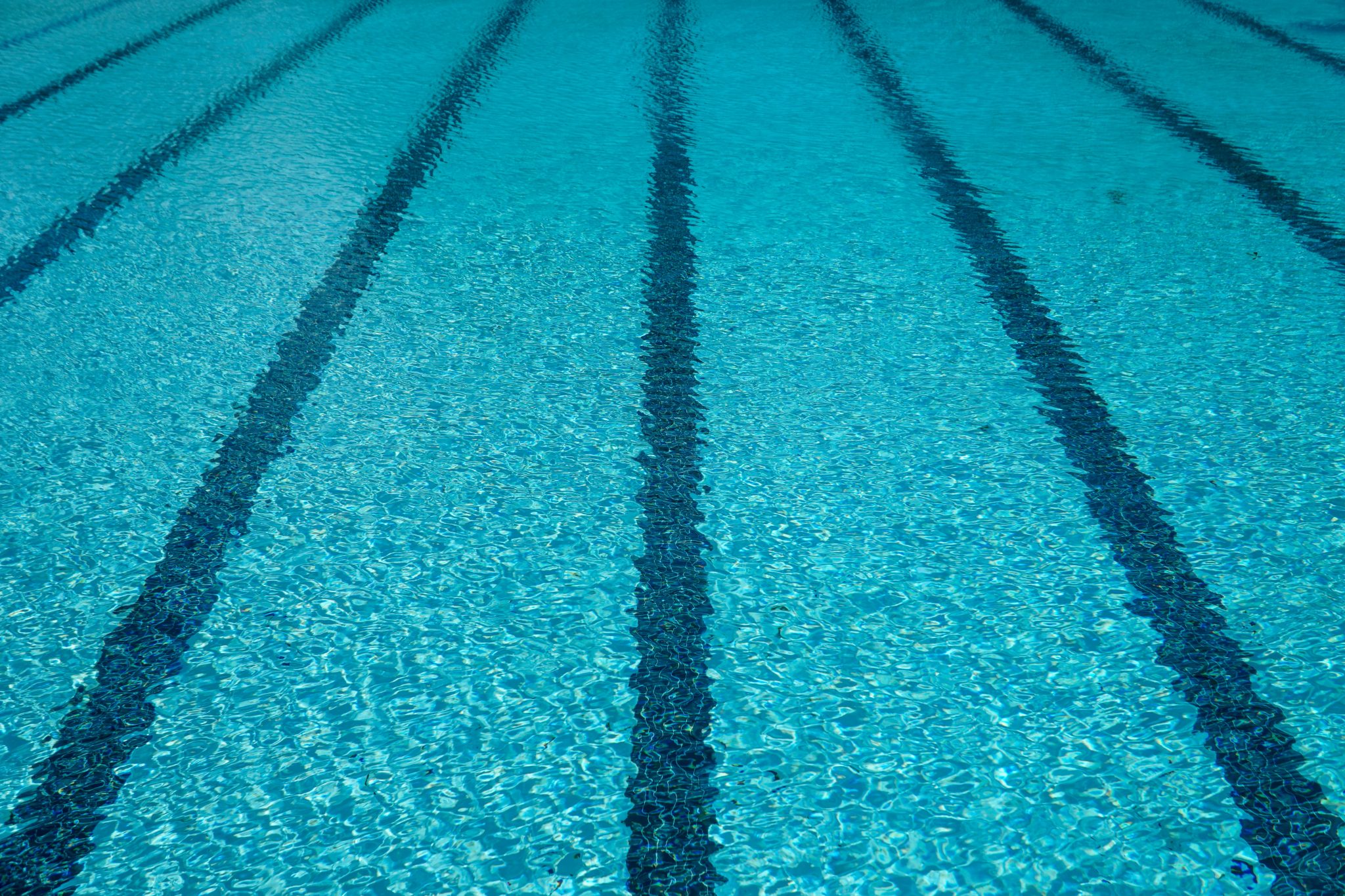My name’s Margaret and I’m an aquaholic. It’s been 14 weeks since my last swim and it’s driving me crazy!
Going for a swim is the moment in my day I always look forward to. When I first break the surface in my local pool and let the water wash over me, I begin a ritual that’s become a vital part of my life. Swimming is what revives me after a trying day…or prepares me for the challenges ahead if I can get in a pool first thing. The gentle splash and lapping sounds as I glide weightless is what helps me reset and focus.
It’s said that water returns us to our natural state and some have even described the act of swimming as moving meditation.
All my adult life I’ve been a regular swimmer and I throw a swimming cossie in my bag whenever I travel for work or pleasure. I even have a favourite municipal pool. (Ironmonger Row Baths in Islington, if you’re interested, closely followed by Manchester’s wonderful Withington Baths, now run by a community interest company.)

So, perhaps you can imagine how frustrating it’s been during lockdown. This has been the longest I’ve gone without a swim in decades and while I count down the days until I can dive into my local indoor pool when they officially re-open on July 25, I’ve been reflecting on the wider ramifications at what months of pool closures means for the UK.
Much has been said about the economic cost of lockdown and how our economy shrank 20 per cent in April. But what about the cost to our health? I calculate I would normally have swum 1,800 lengths during lockdown. As our indoor pools remain closed, literally millions of lengths of activity have been lost. Think of all those powerful limbs that should have been cutting through the water and yet were probably changing the remote or raiding the fridge.
Worse still, there’s no guarantee that all those swimming limbs will return. Last week the chief executive of ukactive warned MPs that half of leisure centres could close because of the pandemic. Swim England has also warned that one in ten of the nation’s pools risks permanent closure.
Swimming is frequently described as the best form of exercise there is because it’s a low impact activity that builds strength and cardio abilities simultaneously. It’s also incredibly popular with around 4.7 million adults said to swim at least twice a month.
And yet our sporting infrastructure is still pretty poor in comparison with many developed countries. France has over six times more pools, for example, and our facilities are in need of investment. Figures published earlier this year by Sport England showed that nearly a quarter of swimming pools have not been refurbished in more than 20-years.
It’s not surprising then that we’ve seen a decline in swimming in recent years, which is a far cry from our 19th century heyday when we were viewed as the best swimmers in the world. When Captain Matthew Webb became the first to complete a cross channel swim in 1875, there was a huge boom in municipal swimming pools across the UK.
Today, as spending on council run sports facilities has fallen by two thirds in the last decade, we face the very real prospect of there being a lost generation of children who cannot swim. Good exercise habits could be lost forever unless drastic action is taken.
So far, the Government’s economic stimulus has largely been focused on keeping jobs – and this is to be welcomed. But what about a sports stimulus to support our leisure sector and incentivise people to do more physical activity?
Health inequalities are widening and child obesity is being made worse by lockdown. We’ve taken unprecedented action to protect our NHS in recent months – and if we’re to prevent an obesity crisis putting unmanageable pressure on health services, similar action is needed.
Only this time, instead of keeping people at home, we should be doing all we can to start getting people to go to their gym or leisure centre and start swimming.


